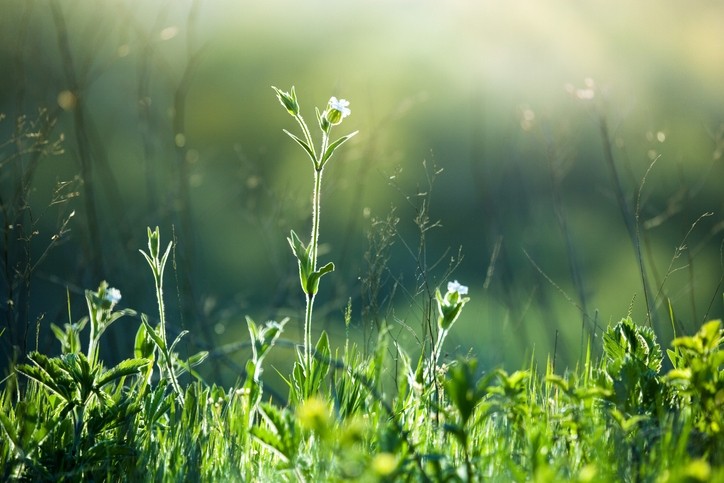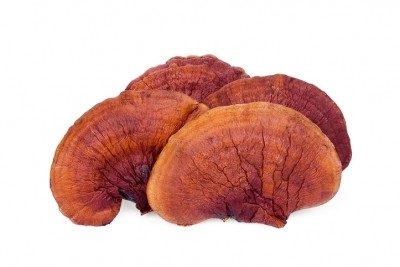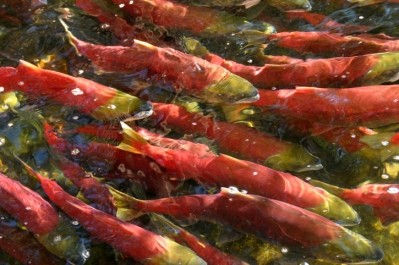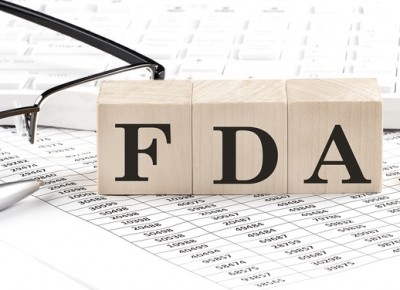Setting specs, then verifying them through intense inspection avoids herbal supply problems, experts say

A recent warning letter sent to an Oregon-based herbal products company has led some supply chain experts to opine that the process of cleaning and verifying incoming whole herbs remains something of a mystery for newer entrants to the industry. In the view of these industry veterans, some brand holders seem to believe that ingredients just magically arrive in totes or containers of liquid, much as some consumers believe that food originates in the supermarket.
Setting the specs
The warning letter had taken the company to task for using material from which foreign matter had been extracted. Supply chain experts said this is common practice, and depends on the type and among of foreign material found as to whether it's justified to accept the resulting lot.
Beth Lambert, Beth Lambert, CEO of Herbalist & Alchemist, maker of a range of liquid extract supplements, told NutraIngredients-USA that the way to consistently get quality whole herbs is to start well before the herbs are even harvested.
“It starts with setting specifications. We’ve got a network of suppliers who we’ve used for many years,” Lambert said.
“We are dealing with certified organic material and in many cases it’s coming in fresh. You start with an economic agreement that you are going to give me exactly what I’m asking for and it had better be clean and packed in ice. It had better be done properly or I’m going to send it back,” she added.
So avoiding some of the problems mentioned in the warning letter, such as finding bits of glass, plastics and worse in the incoming material, starts with how carefully the material is harvested or collected in the first place. Those kind of relationships take time, energy and money to form and maintain, but doing so yields dividends, Lambert said.
“We might have a specification where we only want the top three inches of a material and we’ll pay a premium for it. It’s rare that we get anything other than what we’ve asked for,” she said.
Bill Chioffi cut his teeth in herbal supply with a long stint at industry leader Gaia Herbs. He said specifications can take into account likely contamination in the field.
“The supplier would be sent a spec for the type of material that is wanted, and in that there would be listed any tolerance for foreign matter. You might allow a certain amount of dirt on roots, for example,” he said.
Garbling 101
Once the plants arrive at a facility like Gaia’s or that of Herbalist & Alchemist, they undergo a process known within the trade as ‘garbling.’ It’s industry jargon for an intense sorting step.
Lambert said in her company’s case this is done on big stainless steel tables with bright lighting. Every bit of a batch is spread out and inspected, and foreign matter, like grass stalks, is removed.
“We also remove things like browned leaves. I tell my staff to ask themselves, ‘Would you eat this?’” she said.
Some herbs, like skullcap, have greater activity if extracted from fresh material. That means the sorting and extracting has to take place on a tight deadline when the botanicals are ripe for harvest.
“When fresh material is coming in, it’s all hands on deck,” Lambert said.
Botanical supply consultant Ed Fletcher said some of this foreign matter can be identified with laser technology or filtered out by weight. And all of these procedures are backed up with chemical testing of the materials.
Common sense deal breakers
Fletcher, one of the leading voices in the trade whose experience extends back decades, said every supplier has horror stories about what has been found in incoming batches. Knives and other harvesting implements are not uncommon to find and don’t pose much of an issue. Other things, like bits of glass or plastic containers and the like, are determined on a case-by-case basis depending on the amount of foreign matter present and the contamination threat their presence implies. Once again, that is determined by spec, he said.
But Fletcher said there are some common sense deal breakers, that could imply contamination of the sort that can’t be remediated. For example, because of its toxic contents, a battery—one of the foreign materials mentioned specifically in the warning letter—would be one of those, Fletcher said.
“Any time I find animal parts, like feathers, it’s cause to reject that whole container. And rat feces, of course, because you don’t know if just a couple got in there at harvest, or if the rat was in there for long time,” he said.
New OWH CEO maintains company doing the right thing
Mark Vieceli, the new CEO at Oregon’s Wild Harvest, the company that received the warning letter, said despite what the warning letter might imply, his company has a robust quality control process. The company’s responses to FDA failed to convince the Agency of that assertion, and improving communications with the Agency and bolstering the company’s documentation procedures are among the things he has ostensibly been hired to correct.
“We perform a 100% visual inspection on every shipment of whole botanical material such as roots or flowers, and we do so with the material at rest on a table or screen rather than on a conveyer belt. This allows careful examination of the entirety of the shipment and removal of visible contaminants down to very low levels to ensure the highest quality standards our consumers are used to receiving,” Vieceli maintained.
“A lot of these kinds of companies are doing things the right way but they don’t know how to articulate that,” Fletcher said.
Special case of fungal ingredients
Chioffi said his current gig as chief strategy officer for medicinal mushroom supplier Nammex has given his a new view of the problem.
“Imported mushrooms have a real challenge in meeting the filth requirements for export,” he said. Anyone who has washed a container of mushrooms from the supermarket understands what he means. Nammex has therefore chosen to have extracts of the mushrooms made in China for easier import. But even there, he said, specifications and standard operating procedures must be put in place to ensure the fungi are correctly identified and cleaned before those initial extractions take place.
















